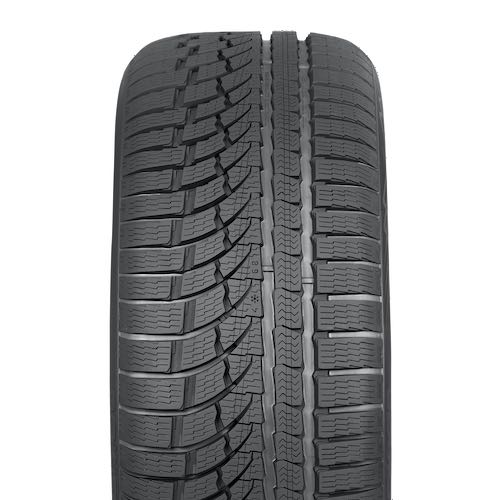All vehicles need winter tires, cars, and SUVs alike. There are not any exceptions. SUVs’ tires look rugged and like they would cope with snow and ice, but unfortunately, this is not the case. The rubber in SUV all-season tires will become complicated, as the rubber compound is not designed for cold temperatures. Some of the tire’s grip comes from the ability to conform to the road surface and interlock with the surface so that the rubber is pushed into micro-cavities in the surface. When the tire is hard, this will not happen to the same extent.
Winter tires are designed for low temperatures and for having a good grip on both snow and ice. They also use a rubber compound that allows them to remain soft and flexible even at low temperatures. Tires approved for winter use will have a tread pattern is specially designed to handle the snow and create a grip on ice. When you have studded tires, they will use metal studs protruding from the tread, and these are used to create a superior grip on ice. The metal studs dig into the ice surface and create grip and traction. When you have SUV non-studded tires, they will use grip particles and innovative designs in the tread to generate the grip on ice. If you try to drive using all-season tires, you have tires that will be too hard and have nothing to provide the needed grip; the tread pattern and the rubber compound are different than what you need for winter conditions.
You must mount your SUV winter tires on your car in time before the snow hits the streets. Winter tires won’t do any good if they aren’t on your SUV. They need to be mounted before the winter weather arrives. For safe driving during winter conditions, it is important that you only use tires that are approved for winter use. The SUV winter tires will outperform SUV all-season tires already when the temperature falls below 45 degrees Fahrenheit. This indicates that there is no reason to wait for the snow to arrive before changing tires; you should already change the tires once the temperature drops below 45°F. It is easier to look at the temperature, which is easier to monitor and predict than trying to estimate when the first snow will fall. Therefore, it is much better to change early and stay safe while driving.
You can also use winter approved all-weather tires, they combine the properties of winter and all-season tires to provide overall safety for the whole year in any driving conditions. These tires are perfect for places where you have very unpredictable weather conditions, where changing between tires for summer and winter conditions isn’t convenient. You therefore get an overall safety throughout the year and can always use your car safely regardless of weather conditions. So if you have them you don’t have to worry about weather conditions.
For more information regarding SUV winter tires, visit: https://www.nokiantires.com/
